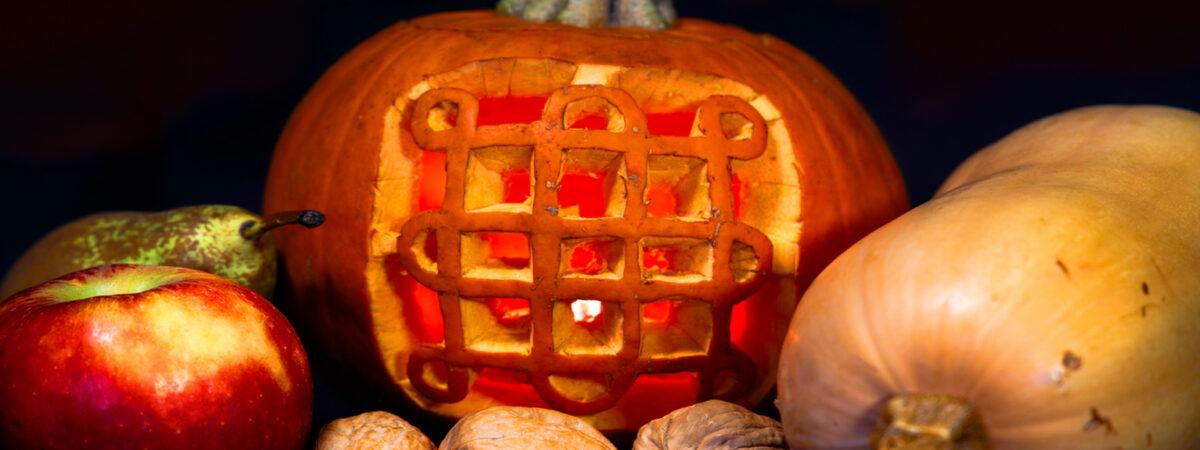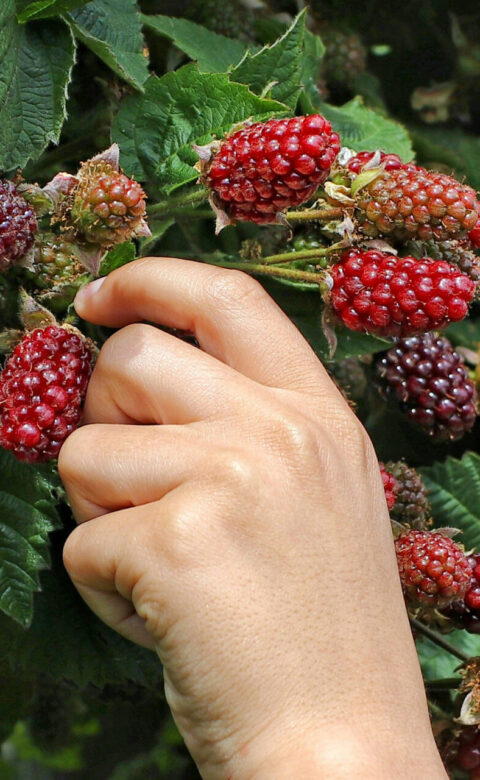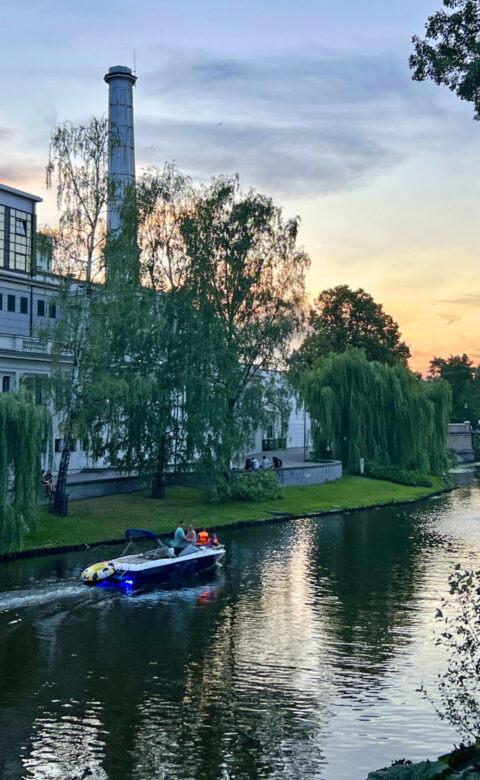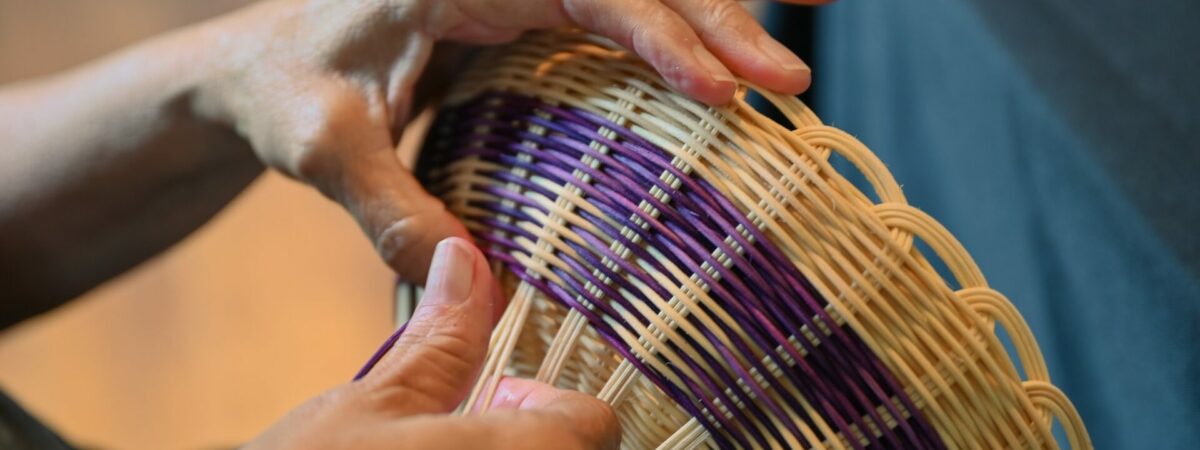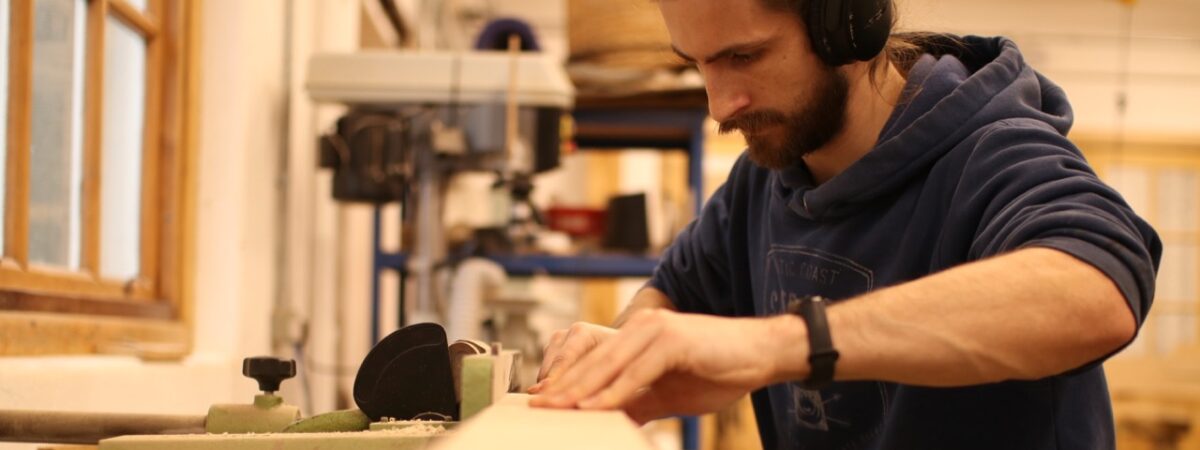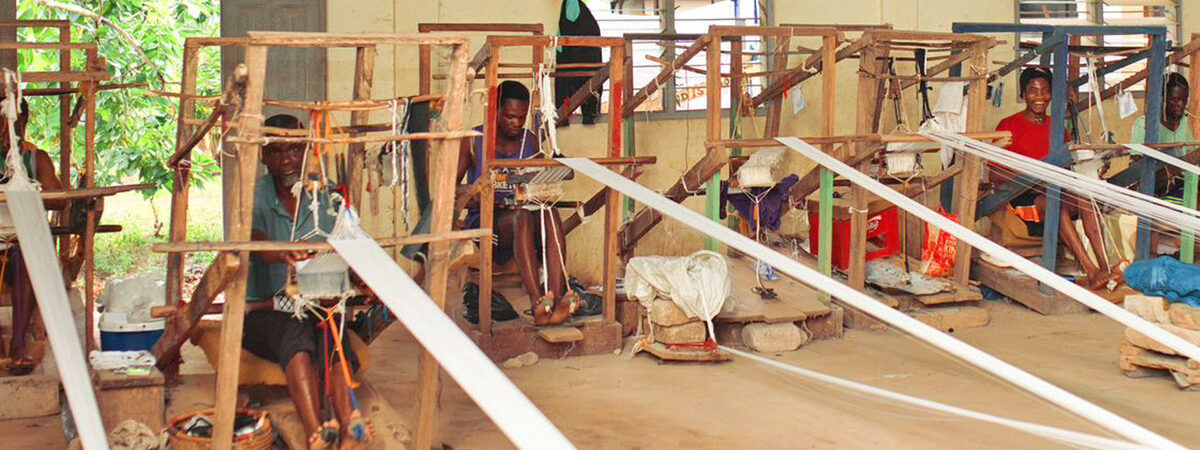Depending on our cultural point of view, the shadowy intersection where the realms of the living and the dead meet looks different. Folklore, religion and local customs will dictate how we honour our dearly departed; even Halloween, wherever it’s celebrated, can take many forms. As its birthplace, Ireland has a particular claim to creepy fame.
While each country or culture keeps the memories of their deceased alive, communing with spirits at various times of the year, the autumnal spooky season has slowly but steadily gained international popularity. So on 31 October, whether you’re putting your all into creating the ultimate costume in Tokyo or heading out trick-or-treating in Nashville, you have Ireland to thank.
Many outside the Celtic community may not be aware of Halloween’s ancient roots in Samhain (pronounced ‘sow-in’) in Ireland thousands of years ago. Following these quite possibly Neolithic beginnings, fast-forward a few millennia to when the Irish emigrated to the United States in great numbers during the 19th century, carrying these old traditions with them.
Today, Halloween is a major US holiday. Some aspects of the celebration have become more obviously Americanised over time than others, with cheerily festive pumpkins taking the place of the truly terrifying carved turnip, for example. However, you can still unearth the original features, even when they’ve lost their Irish accent in the migration process.

Looking at the celebration in its most ancient form, this is the time when the invisible veil between this world and the next was at its thinnest, making it possible for spirits to pass through. This is also one of Ireland’s traditional fire festivals — a series of seasonal observances that helped our ancestors connect with the changing landscape and cope with the unpredictable weather as the Wheel of the Year turned.
While Imbolc on 1 February kicks off spring, Bealtaine celebrates the arrival of summer on 1 May. Then on 1 August, it’s time for Lughnasa as autumn harvesting gets underway. Finally, Samhain marks the end of harvest and signals the start of winter. This last festival of the annual calendar was the dividing line between the light half of the year — with its warm summer and long days of sunlight — and its dark, wintry counterpart.
Of course, fire festivals require a roaring blaze, along with a fair amount of storytelling and song-singing. Two hills in the Boyne Valley are associated with Samhain, Tlachtga (the Hill of Ward) and the Hill of Tara, with Tlachtga as the historic location of the Great Fire Festival. By order of the High King, as Samhain approached, every other fire in the land was extinguished; and with the lighting of the Great Fire, warmth and light were restored and home hearths rekindled.
To celebrate the thinning of the veil and welcome the darker half of the year, there are community gatherings and special events across the modern-day island of Ireland. Unsurprisingly, bonfires still play a large part in the festivities. Much busyness surrounds their preparation pre-lighting, with the sound of their crackle and the smell of woodsmoke everywhere on the last night of October.
Special food was also a key part of celebrating Samhain, prepared for both the living and the dead. The symbolic food for the departed was taken to neighbours and shared with those who needed it more, eventually leading to the trick-or-treat custom.
These days, around Halloween, seasonal treats like barmbrack (bairín breac, meaning speckled loaf) appear in shops alongside the bags of candy intended for trick-or-treaters, tooth-punishing toffee apples, and monkey nuts (peanuts in the shell).
Barmbrack — or simply ‘brack’ — is a sweet yeast bread, studded with sultanas, raisins or currants soaked in cold tea (and perhaps even a splash of whiskey). In the old days, a number of items were hidden inside; among them a pea, a piece of cloth, a matchstick, a sixpence coin and a ring. When found in a slice of the brack, each had significance for its finder, whether that was good or bad luck, wealth or poverty, or the likelihood of marrying in the year to come. Nowadays, many of these little surprises have fallen out of favour, but commercially made brack will still have a ring hidden inside for those who get the lucky slice.
Samhain’s access to the otherworld enabled the honouring of ancestors and welcoming of their spirits home to visit. But it was a mixed blessing; ill-intentioned wraiths needed to be warded off, so costumes and masks were used to confuse these unwanted visitors (or just scare the neighbours for fun). But now that our traditions have come full circle — travelling to America and points beyond to return home transformed — with trick-or-treating all the rage in Ireland, the scariest thing you’re likely to encounter on your doorstep is dressed-up local children making the rounds, little hands politely outstretched.

